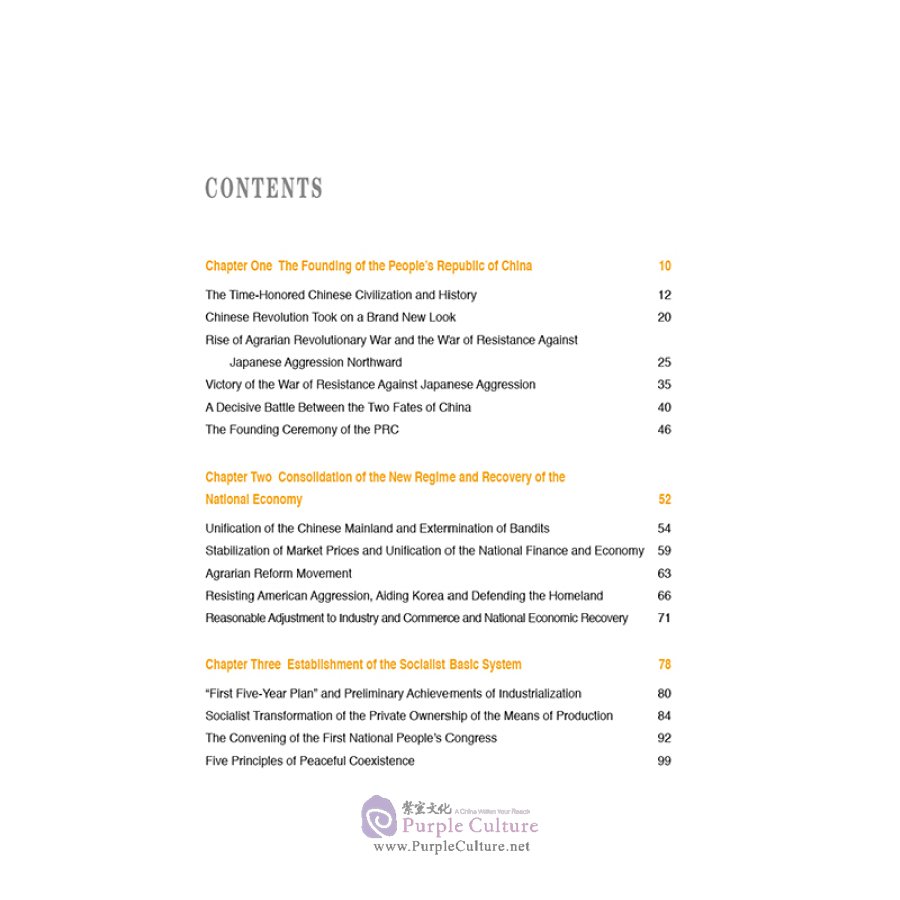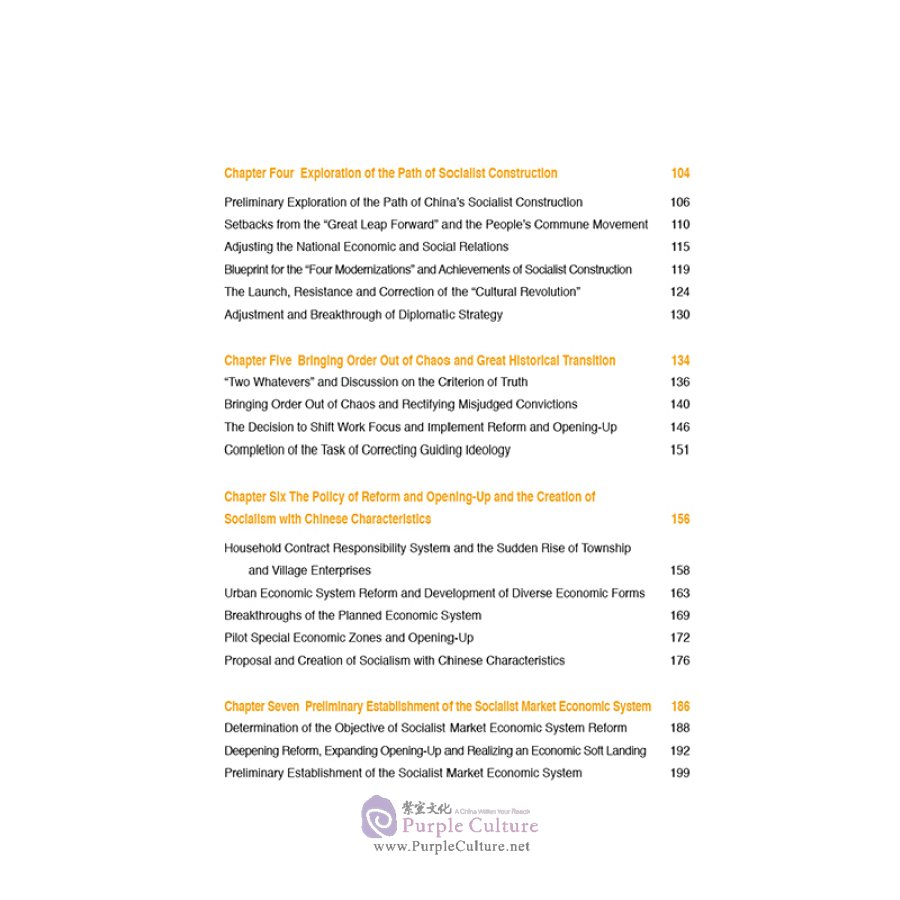A Brief History of the People's Republic of China gives a concise, albeit full, account of the glorious history, great achievements and valuable experience over the past 70 years since the founding of the People’s Republic of China in an illustrated form, mirrors the struggles and practices of the Communist Party of China and the Chinese people over these seven decades and provides explanations for the internal logic involved in the great historic changes during this period. This will help the international community understand the advantages of the path, theory, system and culture of socialism with Chinese characteristics behind the historic achievements since 1949.
Zhang Xingxing, former Deputy Director of the Institute of Contemporary China Studies of the Chinese Academy of Social Sciences, Secretary General of the Association of National History of the People’s Republic of China, and Editor-in-chief of Contemporary China History Studies.






A hundred years ago, the salvoes of the October Revolution brought Marxism-Leninism to China. In the scientific truth of Marxism-Leninism, Chinese progressives saw a solution to China’s problems. With the advent of modern times, Chinese society became embroiled in intense upheavals; this was a time of fierce struggle as the Chinese people resisted feudal rule and foreign aggression. It was in the midst of this, in 1921, as Marxism-Leninism was integrated with the Chinese workers’ movement, that the Communist Party of China (CPC) was born. From that moment on, the Chinese people have had in the Party a backbone for their pursuit of national independence and liberation, of a stronger and more prosperous country, and of their own happiness; and the mindset of the Chinese people has changed, from passivity to taking the initiative.
With a history of more than 5,000 years, China created a splendid civilization, made remarkable contributions to mankind and became one of the world’s great nations. But with the Opium War of 1840, China was plunged into the darkness of domestic turmoil and foreign aggression; its people, ravaged by war, saw their homeland torn apart and lived in poverty and despair. With tenacity and heroism, countless dedicated patriots fought, pressed ahead against the odds and tried every possible means to seek the nation’s salvation. But despite their efforts, they were powerless to change the nature of society in old China and the plight of the Chinese people.
National rejuvenation has been the greatest dream of the Chinese people since modern times began. At its founding, the Communist Party of China made realizing Communism its highest ideal and its ultimate goal, and shouldered the historic mission of national rejuvenation. In pursuing this goal, the Party has united the Chinese people and led them through arduous struggles to epic accomplishments.
The CPC was deeply aware that, to achieve national rejuvenation, it was critical to topple the three mountains of imperialism, feudalism, and bureaucrat-capitalism that were oppressing the Chinese people, and realize China’s independence, the people’s liberation, national reunification, and social stability. The CPC united the people and led them in embarking on the right revolutionary path, using rural areas to encircle the cities and seizing state power with military force. The Chinese people completed the New Democratic Revolution through 28 years of painful struggle, and founded the People’s Republic of China in 1949, thus marking China’s great transition from a millennia-old feudal autocracy to a people’s democracy. The CPC was deeply aware that, to achieve national rejuvenation, it was essential to establish an advanced social system that fits China’s reality. It united the people and led them in completing socialist revolution, establishing socialism as China’s basic system, and advancing socialist construction. This completed the broadest and most profound social transformation in the history of the Chinese nation. It created the fundamental political conditions and the institutional foundation for achieving all development and progress in China today. Thus was made a great transition: The Chinese nation reversed its fate from the continuous decline of modern times to steady progress toward prosperity and strength.
The CPC was deeply aware that, to achieve national rejuvenation, it was imperative to follow the tide of the times, respond to the wishes of the people, and have the courage to reform and open up; and this awareness created a powerful force for advancing the cause of the Party and the people. The CPC united the people and led them in launching the great new revolution of reform and opening up, in removing all ideological and institutional barriers to the country and nation’s development, and in embarking on the path of socialism with Chinese characteristics. Thus was China able to stride ahead to catch up with the times. Over the past 98 years, to accomplish the historic mission of national rejuvenation, whether in times of weakness or strength, whether in times of adversity or smooth sailing, the CPC has never forgotten its founding mission, nor wavered in its pursuit. It has united the people and led them in conquering countless challenges, making enormous sacrifices, meeting setbacks squarely and courageously righting wrongs. Thus China has, time and again, overcome the seemingly insurmountable and created miracle upon miracle.
Today, China is closer, more confident, and more capable than ever before of making the goal of national rejuvenation a reality.
(Excerpt from the report delivered to the Nineteenth CPC National Congress in October 2017)